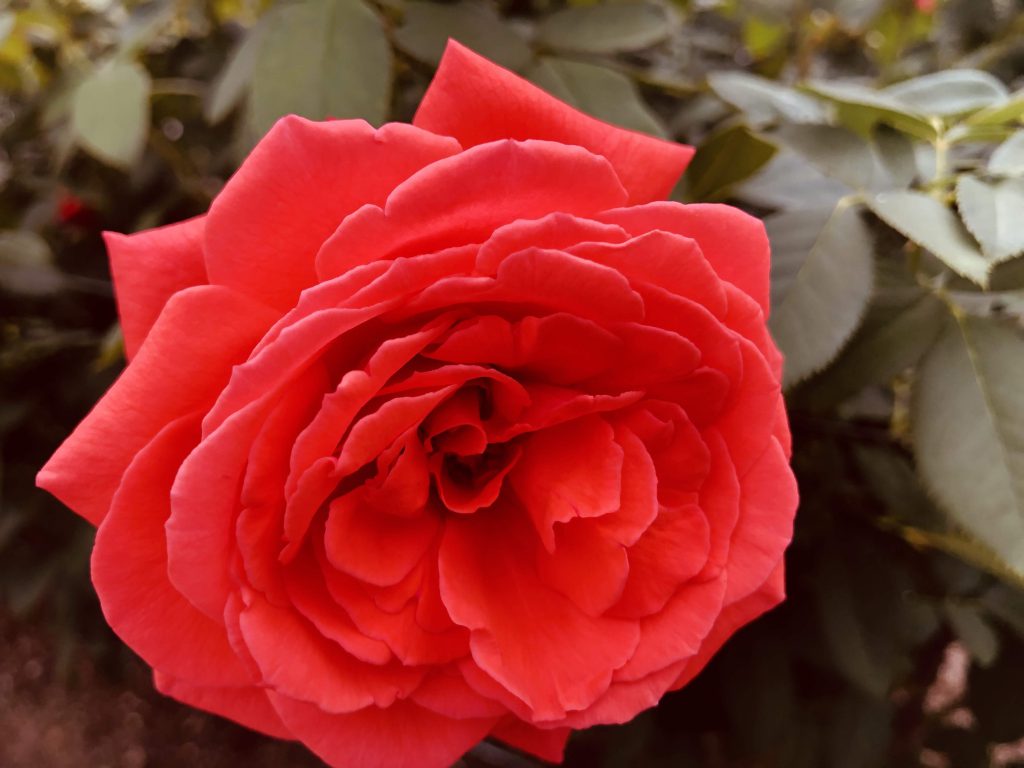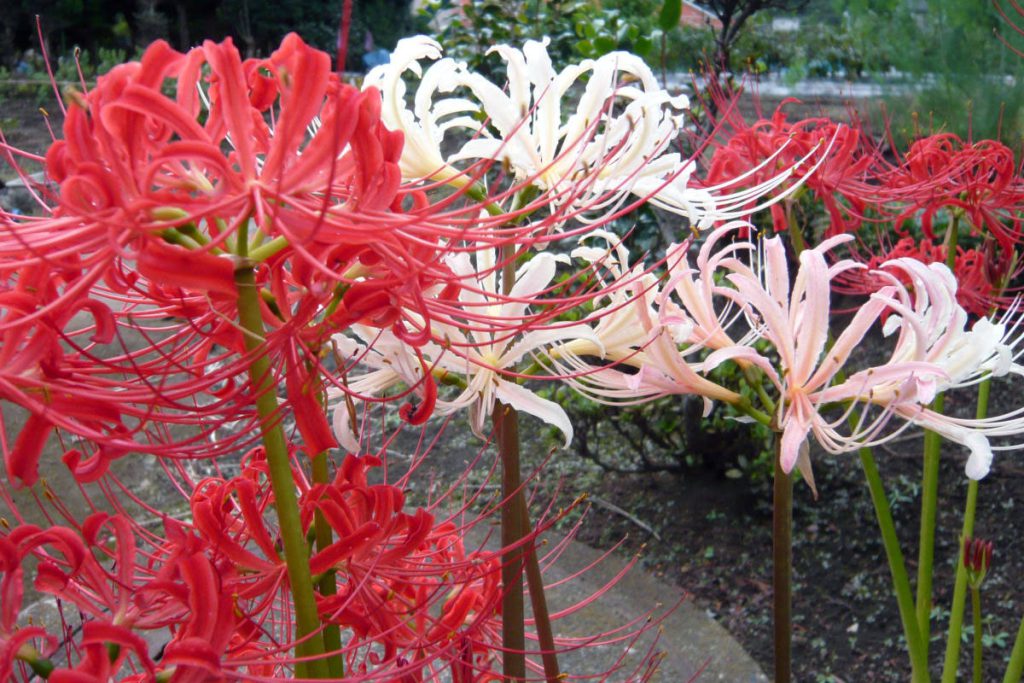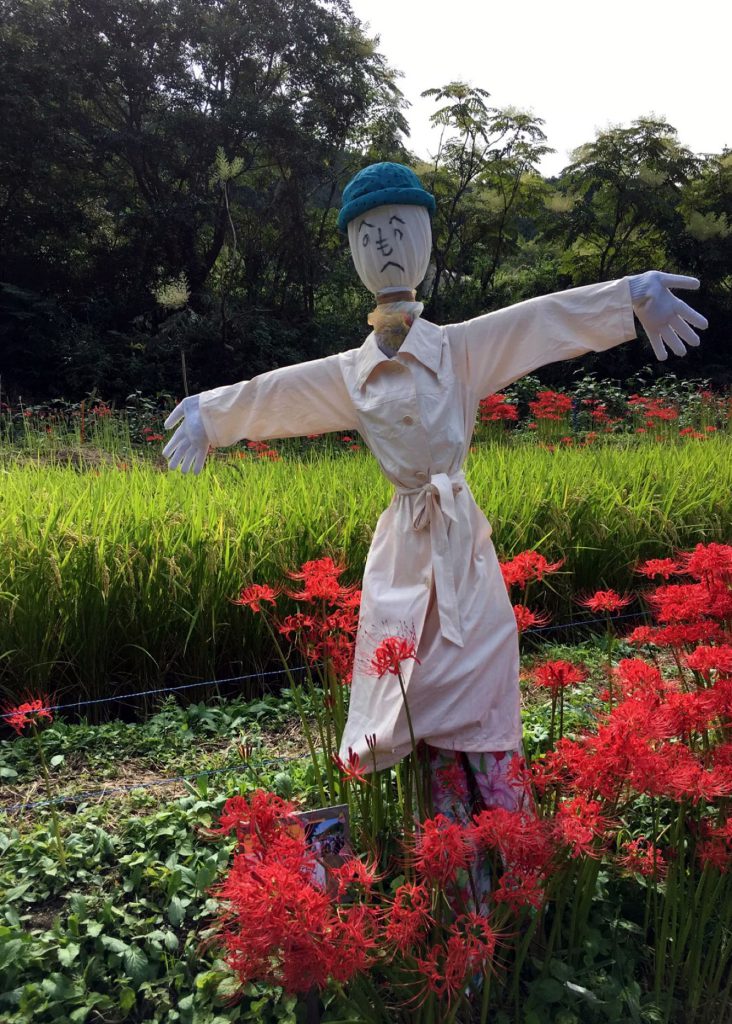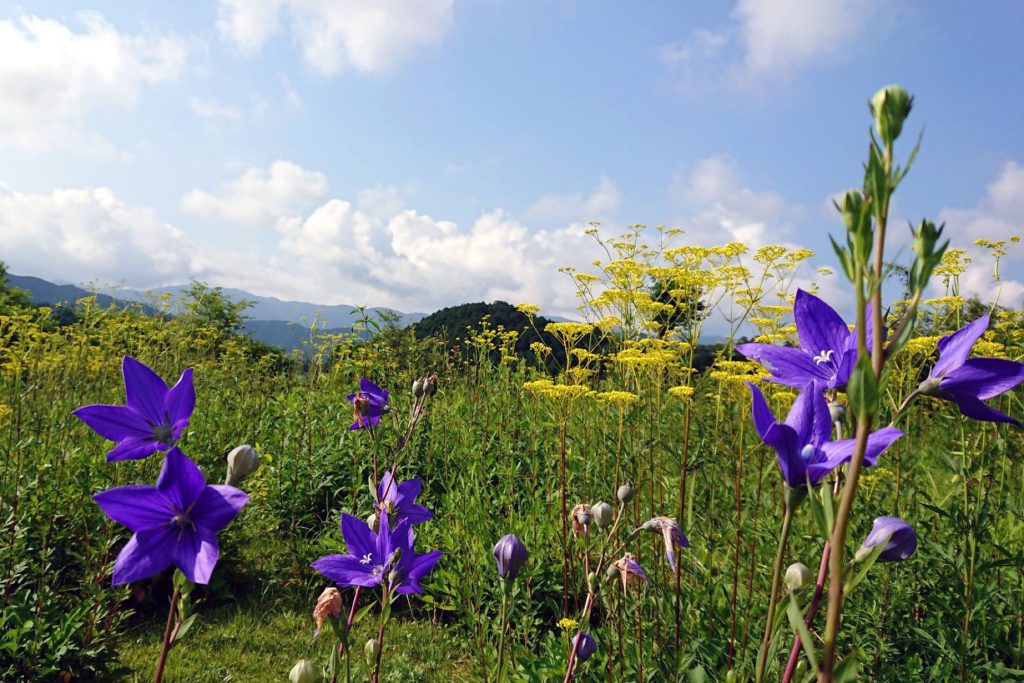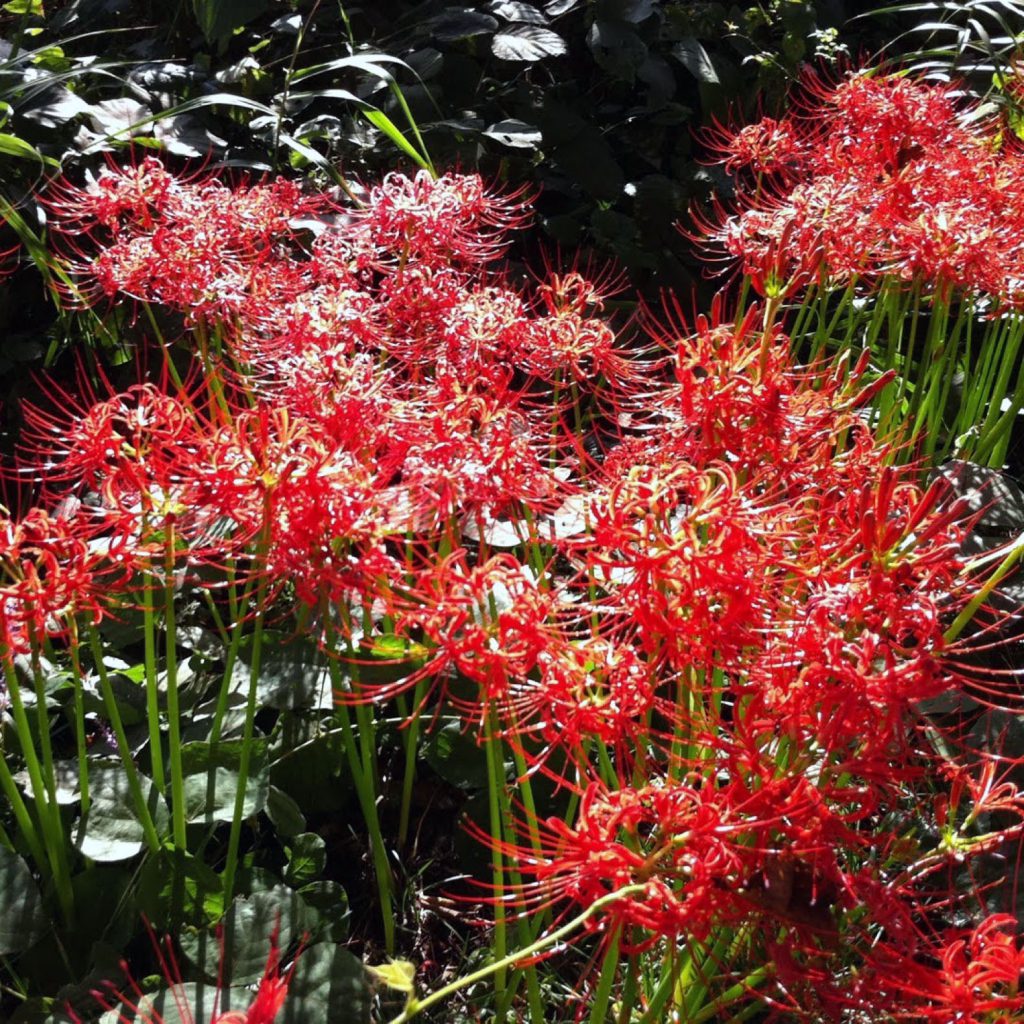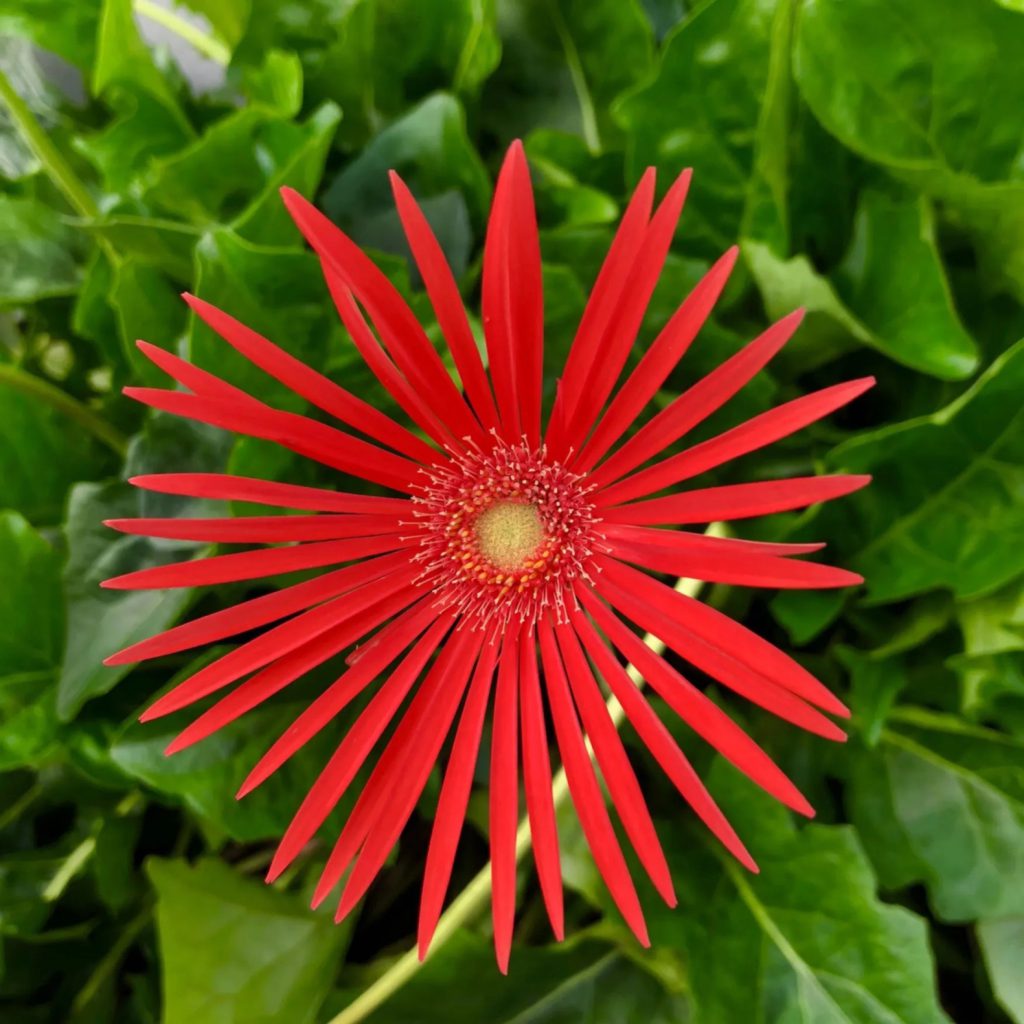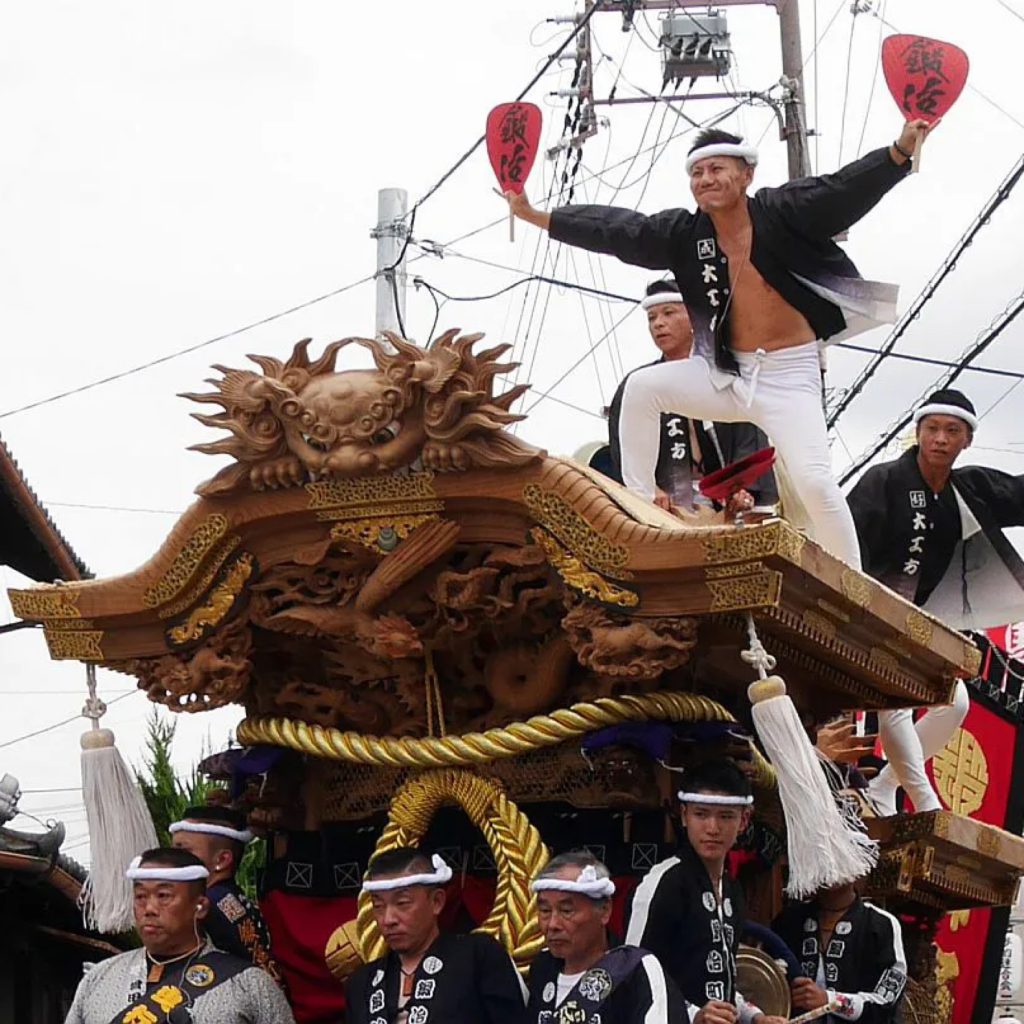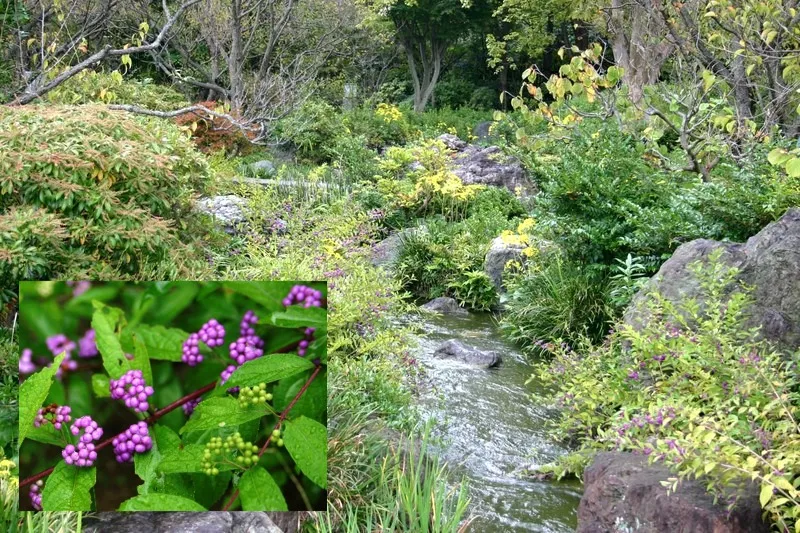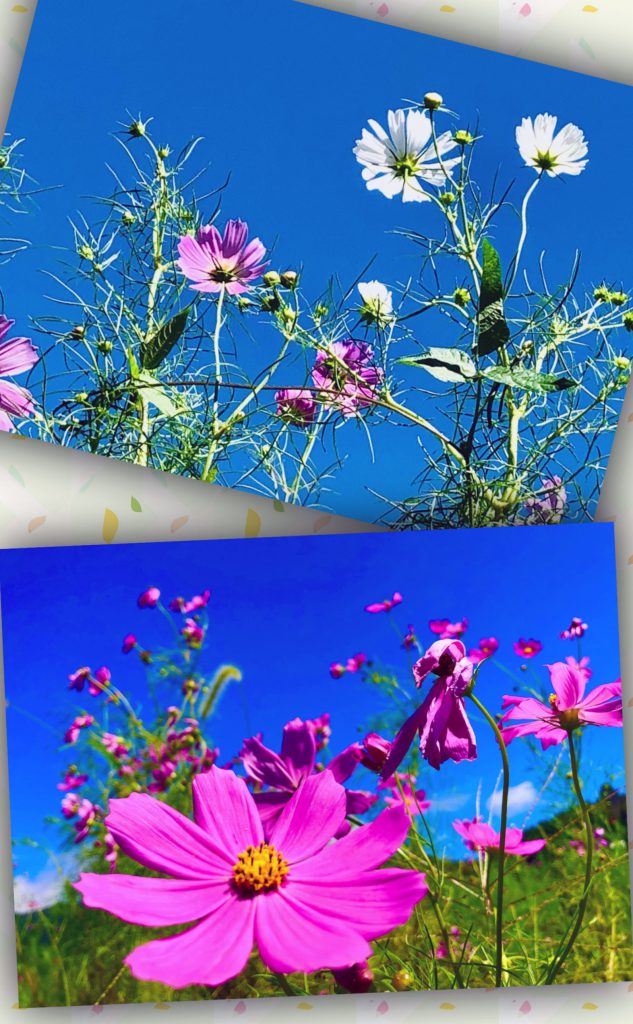
Although it was a little hazy today, it was sunny all day, and the temperature was moderately warm, making it a refreshing day. The cosmos blooming on the riverbed sways in the occasional cool breeze and looks pleasant. The Equinox is over today. There will still be some lingering hot days, but autumn will finally be deepening. It seems that the corona misfortune for three years has settled a little. The Spanish flu that happened 100 years ago seems to have subsided in three years, so the corona wreck will soon subside. That’s what I hope. The Ukrainian war is just an escalation of Russia’s President Putin’s madness, and the dark clouds in the world will not clear. It’s a pity that when I think about the world, I can’t really enjoy the idyllic scenery I see now.
今日はやや霞はかかっていましたが一日中快晴で、気温もほど良い暖かさ、清々しい一日になりました。河川敷に咲くコスモスが、時折吹く涼風に揺れて気持ち良さそうです。お彼岸も今日でお終い。まだ残暑の日もあるでしょうが、いよいよ秋も深まってくるでしょう。三年越しのコロナ禍も少し収まってきたようです。100年前のスペイン風邪も三年で収束した様ですから、コロナ禍ももうぼつぼつ収まるでしょう。そう期待したいものです。ウクライナ戦争はロシアのプーチン大統領の狂気がエスカレートするばかりで、世界の暗雲は晴れません。今目の当たりにするこののどかな風景も、世界に想いを馳せると、手放して喜べない気がして残念です。

